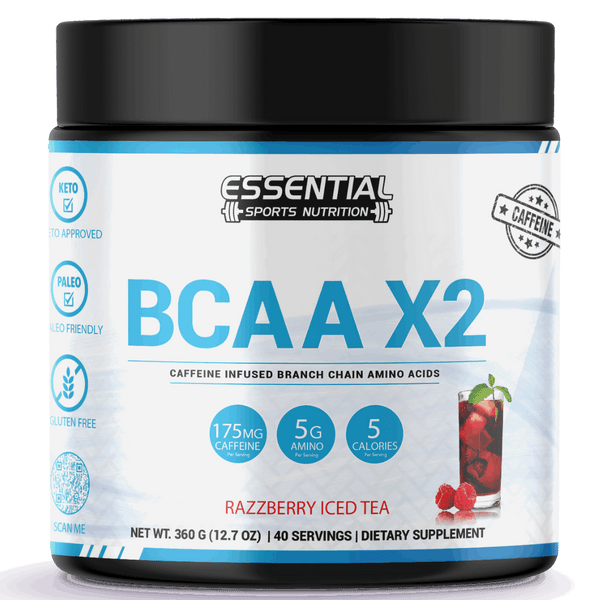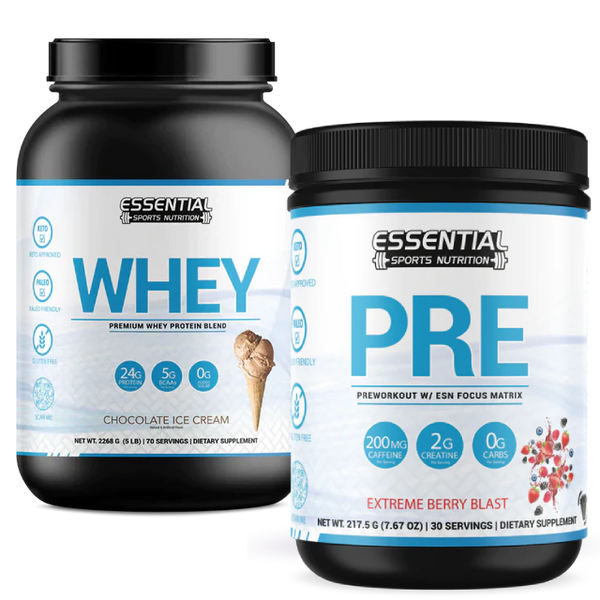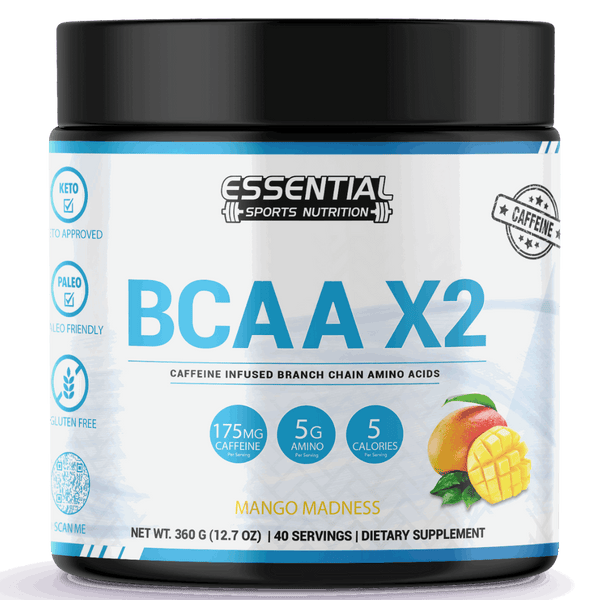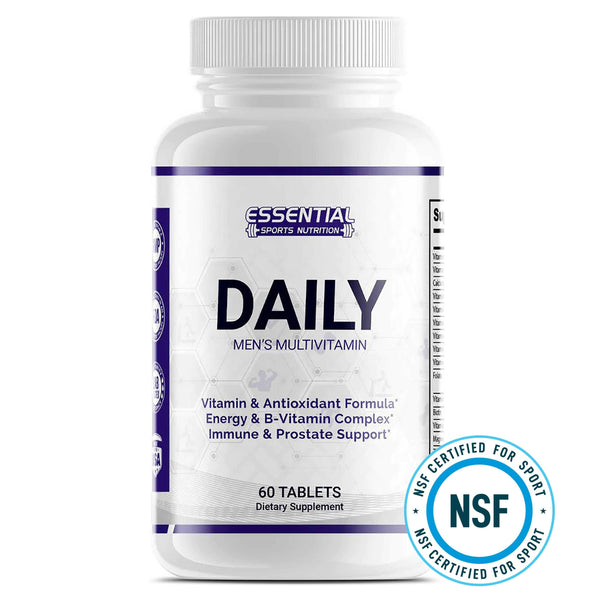Mastering the Deadlift: Proper Form, Variations, and Muscles Worked
Mastering the deadlift is crucial. Set feet hip-width apart, hinge at the hips, and keep back straight. Benefits include engaging multiple muscles, preventing injuries, and boosting strength. Targeted muscles are glutes, hamstrings, quadriceps, lower back, and lats. Variations like sumo and trap bar deadlifts offer diversity. Modify with blocks or grips to suit you. Stay safe by avoiding mistakes and listening to your body. To intensify, try deficit or Romanian deadlifts. Progress gradually, focus on technique, and avoid plateaus. Enhance lower body strength with this powerhouse exercise. Embrace the deadlift journey for fitness gains beyond compare.

Key Takeaways
- Proper deadlift form includes hip-width stance, hinging at hips, and keeping back straight.
- Deadlifting engages multiple muscle groups for strength development and injury prevention.
- Variations like sumo, Romanian, and trap bar deadlifts target different muscles and intensities.
- Modify deadlifts with lifting blocks, grips, or stances to meet individual needs and goals.
- Progress deadlift routine by increasing weight gradually, refining technique, and incorporating variations.
Proper Deadlift Form Essentials
Proper form is essential when performing deadlifts to maximize performance and reduce the risk of injury. Start by setting your feet hip-width apart, ensuring a stable base. Next, hinge at the hips while keeping your back straight and chest up. Thrust your hips forward as you lift the bar, engaging your glutes and hamstrings. Remember, driving through your legs and keeping the bar close to your body will optimize your deadlift performance while minimizing the strain on your lower back.
For better hand placement, consider using low risers or lifting blocks to adjust the height of the bar. This can help you find the most comfortable and effective grip position. Modifications like using a mixed grip or lifting straps can enhance your grip strength, especially when lifting heavier weights.
If you experience lower back discomfort, switching to sumo deadlifts may be beneficial. This variation can help alleviate strain on your lower back and cater to your individual needs and goals. Experiment with different techniques to find what works best for you and always prioritize proper form to prevent injuries and maximize the benefits of deadlifting.
Benefits of Deadlifting
Engaging in deadlifting offers a multitude of benefits for your overall strength and muscle development. Deadlifts engage various muscle groups simultaneously, including the hamstrings, glutes, and core muscles, leading to significant strength gains that can help prevent injuries and enhance functional movements. Deadlifts are vital for a well-rounded workout routine and target the posterior chain, which includes muscles like the erector spinae and lats. Additionally, regular deadlifting can improve grip strength, which is essential for daily activities and sports performance. The hormonal response triggered by deadlifting can also promote muscle hypertrophy and strength development over time. To summarize the benefits of deadlifting, let's take a look at the table below:
| Benefits of Deadlifting |
|---|
| Engages multiple muscle groups |
| Aids in injury prevention |
| Targets the posterior chain |
| Improves grip strength |
| Promotes muscle hypertrophy and strength development |
Muscle Groups Targeted in Deadlifts

You engage key muscle groups essential for strength and stability when performing deadlifts. The primary muscles targeted include the glutes, hamstrings, quadriceps, erector spinae, and latissimus dorsi. These muscle areas work together to support the proper form and execution of the deadlift exercise.
Key Muscle Groups
Deadlifts target key muscle groups such as the hamstrings, glutes, erector spinae, core, latissimus dorsi (lats), and quadriceps, effectively strengthening the entire posterior chain. The hamstrings, located at the back of your thighs, work to extend your hips during the lift. Your glutes, the muscles in your buttocks, are responsible for hip extension and play a major role in the deadlift movement. The erector spinae muscles, running along your spine, help with back extension and stabilize your spine. Engaging your core muscles during deadlifts is essential for maintaining proper form and protecting your spine. Additionally, the latissimus dorsi (lats) in your back and the quadriceps in your thighs contribute to the deadlift's overall effectiveness in building strength.
Primary Deadlift Muscles
The primary muscle groups targeted in deadlifts, comprising the hamstrings, gluteal muscles, and erector spinae, play an essential role in promoting overall strength and stability. Engaging these muscles strengthens the lower body and helps develop a strong core and lower back. The hamstrings, located at the back of the thighs, are important for hip extension during the lift. The gluteal muscles, including the gluteus maximus, aid in hip extension and maintaining proper posture. The erector spinae, a group of muscles along the spine, supports the back and helps with spinal extension. By targeting these muscle groups in deadlifts, you can enhance your strength, improve posture, and reduce the risk of injury.
Targeted Muscle Areas
To effectively target the muscle areas in deadlifts for maximum strength and stability, focus on engaging the hamstrings, gluteal muscles, and erector spinae while also involving secondary muscle groups like the quadriceps, calves, latissimus dorsi, and core muscles. Deadlifts primarily work the hamstrings, gluteal muscles (gluteus maximus, medius, and minimus), and erector spinae in the back. Secondary muscle groups, including the quadriceps, calves, latissimus dorsi (lats), and core muscles, are also essential for overall strength and support during the lift. Engaging these muscle areas enhances strength and power and improves functional movement patterns. Proper form is essential to effectively activate these targeted muscle groups, aiding in muscle growth, strength development, and injury prevention. Regular deadlifting can address muscle imbalances, enhance postural stability, and boost athletic performance in various activities.
Common Deadlift Variations
When looking to spice up your deadlift routine, consider trying out variations like the Sumo Deadlift, Romanian Deadlift, and Trap Bar Deadlift. These variations offer unique benefits such as targeting different muscle groups, altering body mechanics, and reducing stress on specific areas. By incorporating these variations, you can challenge yourself in new ways and keep your workouts engaging and effective.
Sumo Deadlift Technique
Maintaining a wide stance with hands inside the knees is essential for peak performance and muscle engagement during the sumo deadlift. This technique allows for a more upright torso position, placing emphasis on the quadriceps and adductors while reducing stress on the lower back, which is especially beneficial for individuals with back issues. Additionally, due to the mechanics involved, the sumo deadlift may be more suitable for lifters with longer torsos and shorter arms.
- Emphasizes quadriceps and adductors
- Reduces stress on the lower back
- Suitable for lifters with longer torsos and shorter arms
Romanian Deadlift Benefits
Exploring the advantages of Romanian deadlifts reveals a focused approach to strengthening the hamstrings and glutes while emphasizing the essential hip hinge movement pattern. This variation effectively targets these muscle groups, promoting development and strength. By honing in on the hip hinge movement, Romanian deadlifts enhance posterior chain engagement and stability, making them valuable for overall lower body strength. They are particularly useful for beginners to grasp proper hip hinge mechanics and build foundational strength. The controlled eccentric contractions involved in Romanian deadlifts not only improve muscle endurance but also contribute to increased flexibility. Integrating Romanian deadlifts into your workout routine can help prevent muscle imbalances and reduce the risk of injury, especially when performing deadlifts.
Trap Bar Deadlifts
Trap Bar Deadlifts, also known as hex bar deadlifts, present a unique variation in weightlifting routines, offering distinct advantages for targeting specific muscle groups and reducing strain on the lower back. This deadlift variation involves lifting a barbell with a hexagonal shape, surrounding the lifter, which provides several benefits:
- Reduced stress on the lower back compared to traditional barbell deadlifts.
- Emphasis on quad and glute activation, leading to a different muscle recruitment pattern.
- More natural grip position due to the hexagonal design, reducing strain on the wrists and elbows during the lift.
Athletes and lifters frequently incorporate trap bar deadlifts into their training regimens to enhance explosive power and overall lower body strength, thanks to the unique mechanics of this lift.
Tips for Deadlift Modifications and Incorporating into Workouts
Enhancing your deadlift performance and reducing the risk of injury requires considering various modifications tailored to your individual needs and fitness goals. Utilizing low risers or lifting blocks can improve hand placement and reduce strain on your lower back. Experimenting with a mixed grip or lifting straps can enhance your grip strength and provide support for heavier lifts. If you're experiencing lower back discomfort during conventional deadlifts, consider switching to the sumo deadlift stance. Customizing your deadlift techniques to your specific needs and goals is crucial to optimize performance and prevent injuries. Incorporating modifications such as deficits, rack pulls, or stiff-leg deadlifts can target specific muscle groups and address weaknesses effectively. Remember, these modifications are meant to assist you in achieving your deadlifting objectives while minimizing the risk of injury. Always prioritize proper form and listen to your body to determine which modifications work best for you.
Incorporating Deadlifts
Incorporating deadlifts into your workouts can greatly enhance lower body strength and overall muscle development. Deadlifts offer a compound movement that engages multiple muscle groups simultaneously, making them an efficient addition to any training regimen. By including variations such as sumo, deficit, and trap bar deadlifts, you can target different muscle groups and add diversity to your workouts. Beginners should focus on mastering the conventional barbell deadlift to establish proper form before advancing to more complex variations. Seeking guidance from a qualified trainer or coach is crucial to ensure you perform deadlifts correctly and safely.
| Deadlift Type | Targeted Muscles | Benefits |
|---|---|---|
| Conventional | Hamstrings, Lower Back | Strength and Power |
| Sumo | Quads, Glutes | Reduced Lower Back Strain |
| Deficit | Quads, Upper Back | Increased Range of Motion |
| Trap Bar | Glutes, Traps | Easier on Lower Back |
| Romanian | Hamstrings, Glutes | Focus on Hip Hinge |
Avoiding Deadlift Mistakes
Maintaining proper form is crucial when deadlifting to avoid common mistakes that can lead to serious injuries and hinder your progress. To guarantee you are performing deadlifts correctly, consider the following:
- Avoid rounding your back: Rounding the back increases the risk of herniated discs and other serious injuries. Keep your back straight throughout the movement to protect your spine.
- Use leg drive, not just your back: Engage your legs and hips to power the lift, rather than relying solely on your back muscles. This reduces the risk of lower back strain.
- Warm-up adequately: Neglecting a proper warm-up before deadlifting can decrease your performance and leave you susceptible to injuries. Prepare your body with dynamic stretches and lighter sets of deadlifts before increasing the weight.
Progressing & Increasing Intensity With Deadlift Variations
To enhance the effectiveness of your deadlift workouts, incorporating various deadlift variations can noticeably increase intensity and target specific muscle groups more effectively. Variations such as deficit deadlifts or Romanian deadlifts can amp up the challenge by honing in on particular muscle groups. Introducing trap bar or sumo deadlifts into your routine can alter stress distribution and engage different muscle groups, providing a well-rounded workout experience. Single-leg deadlifts offer benefits beyond just intensity; they can improve balance, stability, and core engagement. Experimenting with different deadlift styles adds variety to your routine and helps break plateaus and prevent training stagnation. Mixing up your deadlift variations allows you to create a diverse strength training program that boosts intensity, targets various muscle groups, and keeps your workouts engaging and effective.
Progressing Your Deadlift Routine
Enhance your deadlift routine by systematically increasing weight load and incorporating targeted variations to challenge and strengthen your muscles continually. To progress effectively and avoid hitting a plateau, follow these guidelines:
- Gradually increase deadlift weight by 5-10 pounds each session to challenge muscles and build strength progressively.
- Implement deadlift variations like deficit deadlifts or Romanian deadlifts to target specific muscle groups and prevent plateaus.
- Focus on technique refinement and consistency to optimize deadlift performance and reduce the risk of injury.
Conclusion

To sum up, deadlifting is a powerful exercise that can help you build strength, improve posture, and increase overall muscle mass. Remember, Rome wasn't built in a day, so take your time to perfect your form and slowly increase the weight to see maximum benefits. Keep pushing yourself and don't be afraid to try different deadlift variations to challenge your body and keep your workouts exciting. Stay consistent and you'll see progress in no time.
Benefits of Deadlifts, Muscles Worked, and Common Deadlift Mistakes FAQs
Q: How do deadlifts work?
A: Deadlifts primarily target the muscles in the lower body, such as the hamstrings, glutes, and lower back. They also engage muscles in the upper body, making it a great compound exercise for full-body strength.
Q: What is the proper form for a barbell deadlift?
A: To perform a barbell deadlift correctly, stand with feet hip-width apart, grip the bar with hands shoulder-width apart, bend your knees, hinge at the hips, keep your back straight, and lift the bar by extending your hips and knees simultaneously.
Q: What are common deadlift mistakes to avoid?
A: Some common deadlift mistakes to avoid include rounding your back, not engaging your core, using improper grip, and not maintaining proper form throughout the lift.
Q: What are the benefits of the deadlift compared to other variations?
A: The standard barbell deadlift is considered one of the best deadlift variations as it allows for heavy lifting and engages multiple muscle groups. Other variations, like the trap bar deadlift or kettlebell deadlift, offer slightly different muscle engagement and grip variations.
Q: How can I perform a stiff-leg deadlift?
A: To perform a stiff-leg deadlift, stand with feet hip-width apart, grip the bar with a shoulder-width grip, keep your legs straight with a slight bend in the knees, hinge at the hips while keeping your back straight, and lower the bar towards the floor by pushing your hips back.
Q: What are some common deadlift alternatives?
A: Some common deadlift alternatives include deficit, single-leg, and dumbbell deadlifts. These variations provide similar benefits to traditional deadlifts while adding variety to your workout routine.
Q: What Are the Benefits of Deadlift Variation?
A: When exploring deadlift variations, you discover a world of benefits. Each style targets specific muscles, making your training more precise and effective. Overcome weaknesses, beat plateaus, and engage your workouts for improved strength.
Q: What Is the Most Effective Deadlift Variation?
A: The most effective deadlift variation depends on your goals and body mechanics. Consider factors like limb length and mobility. Sumo deadlifts benefit those with longer limbs, while conventional deadlifts emphasize overall strength.
Q: What Are the Benefits of Deadlift Form?
A: Mastering deadlift form reveals a treasure trove of physical benefits. Your muscles work harmoniously, your spine stays safe, and your posture improves. It's like finding a golden ticket to a stronger, healthier you.
Q: What Are 3 Key Components to Think About When Doing a Proper Deadlift?
A: When deadlifting, focus on foot positioning, hip hinge mechanics, and a neutral spine. Engage your core, glutes, and hamstrings for stability and power. Keep the barbell close to your body, move through the legs, thrust hips forward, and lockout at the top. Breathe properly for enhanced performance.




























